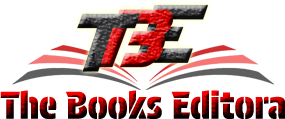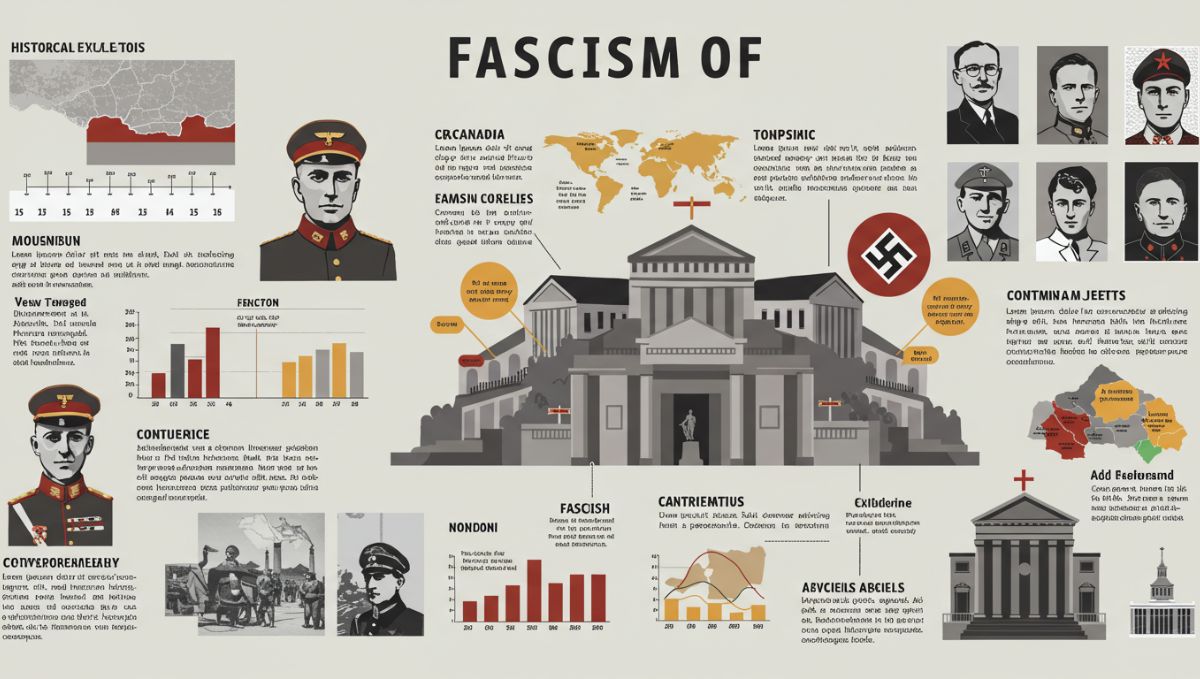The term Fascisterne, meaning “the fascists” in Danish and other Nordic languages, has long carried heavy political and historical weight. It evokes memories of authoritarian regimes, extreme nationalism, and violent suppression of opposition. While fascism is often associated with mid-20th-century Europe, particularly Nazi Germany and Mussolini’s Italy, the influence of Fascisterne continues to echo in contemporary political discourse.
In this article, we delve into the origins, ideology, and legacy of Fascisterne, examining how these movements shaped—and continue to influence—politics, culture, and society both in Denmark and beyond.
What Does ‘Fascisterne’ Mean?
Fascisterne is the plural definite form of the word “fascist” in Danish (and similar Scandinavian languages), literally translating to “the fascists.”
The term is used to refer to:
-
Historical fascist groups in Europe
-
Modern extremist or far-right political movements
-
Individuals or organizations with authoritarian, ultra-nationalist ideologies
In modern usage, Fascisterne can be a descriptive term or a derogatory label, depending on the context and political perspective.
The Origins of Fascism: From Italy to Europe
To understand Fascisterne, we must begin with fascism’s roots in Italy.
1. Mussolini and Italian Fascism
-
The first official fascist movement began in Italy under Benito Mussolini in 1919.
-
Emphasized authoritarian rule, ultra-nationalism, anti-communism, and the suppression of dissent.
-
Used propaganda, paramilitary forces, and cults of personality to maintain control.
2. Spread Across Europe
-
Fascist ideologies spread across Europe in the 1920s and 1930s.
-
Adolf Hitler’s Nazi Party in Germany took fascism to genocidal extremes.
-
Variants emerged in Spain, Hungary, Romania, and other countries.
Fascisterne, in this context, refers to the individuals and parties who embraced or enacted fascist rule across the continent.
Fascisterne in Denmark: A Historical Perspective
Danish National Socialist Workers’ Party (DNSAP)
-
Formed in the 1930s, DNSAP was Denmark’s most prominent fascist party.
-
Modeled after the German Nazi Party, with similar uniforms, symbols, and ideologies.
-
Advocated for a corporate state, anti-Semitism, and alignment with Nazi Germany.
World War II and Occupation
-
During the Nazi occupation of Denmark (1940–1945), Fascisterne in Denmark collaborated with German forces.
-
While Denmark maintained some political autonomy, fascist sympathizers supported Nazi goals.
-
The DNSAP never gained mass support and was disbanded after the war.
Post-War Reaction
-
Fascist collaborators were arrested or ostracized.
-
The term Fascisterne became synonymous with traitors and extremists in Danish society.
Fascisterne in Modern Europe
Although fascist regimes largely fell after World War II, the ideology never fully disappeared. In recent decades, the term Fascisterne has re-emerged in political rhetoric across Europe.
Contemporary Far-Right Movements
-
Movements across Europe, such as the Golden Dawn (Greece), Jobbik (Hungary), and Nordic Resistance Movement (Scandinavia), have been labeled or accused of embodying fascist principles.
-
These groups often emphasize:
-
Nationalism and anti-immigration policies
-
Racial purity or cultural homogeneity
-
Authoritarian governance
-
Anti-globalist sentiments
-
In Denmark Today
-
While no political party openly identifies as fascist, far-right groups exist and are often referred to as Fascisterne by political opponents.
-
Online forums, demonstrations, and political campaigns sometimes echo fascist language and symbolism.
Ideological Foundations of Fascisterne
1. Ultra-Nationalism
Fascisterne prioritize the nation-state above all else, often defining citizenship based on race, ethnicity, or historical heritage.
2. Authoritarianism
A rejection of liberal democracy in favor of strong centralized power, often embodied by a single leader or ruling elite.
3. Militarism
Fascisterne glorify war, discipline, and the military as essential to national revival and strength.
4. Anti-Communism
A core feature of historical fascism, opposition to Marxism, socialism, and left-wing ideology is seen as a moral duty.
5. Control Over Media and Education
Historical fascist regimes used propaganda and strict control over public discourse—traits mirrored in modern extremist messaging.
How Fascisterne Differ from Other Far-Right Groups
Not all conservative or right-wing groups qualify as Fascisterne. The term specifically refers to movements or ideologies that:
-
Reject democratic norms
-
Promote a totalitarian state
-
Use violence or threats to achieve political aims
-
Engage in racial or ethnic scapegoating
While populist nationalism may share some rhetorical elements, Fascisterne are typically more radical, militaristic, and authoritarian in both vision and practice.
Controversy Around the Term ‘Fascisterne’ Today
In modern discourse, the term Fascisterne is often used pejoratively to describe political opponents—sometimes inaccurately.
Misuse of the Term
-
Critics argue that overusing the term dilutes its historical meaning.
-
Accusing someone of being a fascist can be politically charged and may shut down productive debate.
Need for Precision
Scholars and journalists advocate for accurate labeling:
-
Reserve the term Fascisterne for groups that meet specific ideological criteria.
-
Avoid labeling all conservative or nationalist parties as fascist.
Fascisterne and the Internet Age
The internet has enabled Fascisterne ideologies to resurface globally, often under new branding.
Online Radicalization
-
Forums, encrypted apps, and social media are used to recruit and spread propaganda.
-
Memes, code language, and historical revisionism attract younger audiences.
Countermeasures
-
Governments and NGOs monitor and deplatform extremist networks.
-
Education and media literacy campaigns aim to combat misinformation.
Can Fascisterne Resurge?
Given rising political polarization, economic inequality, and migration debates in Europe, the conditions that allowed fascism to thrive in the past are present today.
However, most societies now have:
-
Stronger democratic institutions
-
A vigilant press and civil society
-
Legal frameworks that ban hate speech and extremist organizing
Nonetheless, eternal vigilance is necessary to ensure that Fascist ideologies do not gain mainstream acceptance again.
Conclusion
Fascisterne represent a dark chapter in European history—one defined by authoritarian rule, violence, and intolerance. As new political movements emerge, it is vital to understand the historical roots and warning signs of fascism. Whether in Denmark or elsewhere, using the term Fascisterne requires care, context, and critical thinking. By studying the past and staying alert to the present, societies can guard against the return of ideologies that threaten freedom, democracy, and human rights.

